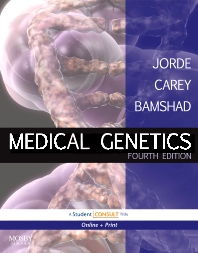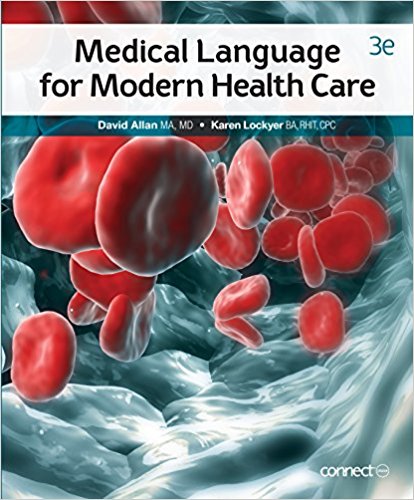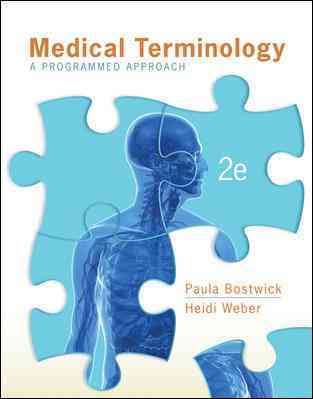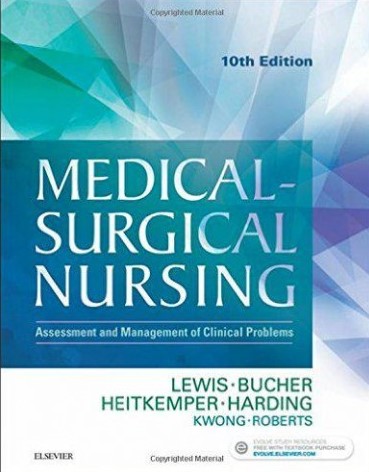Medical Genetics 4th Edition by Lynn B. Jorde -Test Bank
Jorde: Medical Genetics, 4th Edition
Chapter 2: Basic Cell Biology: Structure and Function of Genes and Chromosomes
Multiple Choice
1. Mutation in fibroblast growth factor receptor 3 (FGFR3)
a. Retinoblastoma
b. Achondroplasia
c. Neurofibromatosis type 1
d. Huntington disease
e. Marfan syndrome
Answer: b
Correct Feedback: b. Mutations in the fibroblast growth factor receptor 3 do cause achondroplasia.
Incorrect Feedback: a. Retinoblastoma is caused by mutations in a tumor suppressor on chromosome 13.
c. Neurofibromatosis type one is caused by a mutation of the neurofibromin gene (which may act as a tumor suppressor) on chromosome 17q
d. Huntington’s disease is caused by a CAG expanded repeat on the distal tip of chromosome 4p.
e. Marfan patients have mutations of the chromosome 15 gene encoding fibrillin, a connective tissue protein.
2. Abnormal binding of the gene product to GAPDH (an enzyme involved in glycolysis)
a. Retinoblastoma
b. Achondroplasia
c. Neurofibromatosis type 1
d. Huntington disease
e. Marfan syndrome
Answer: d
Correct Feedback: d. This is a characteristic of Huntington’s disease.
Incorrect Feedback: a. Retinoblastoma is caused by mutations in a tumor suppressor on chromosome 13.
b. Mutations in the fibroblast growth factor receptor 3 cause achondroplasia.
c. Neurofibromatosis type one is caused by a mutation of the neurofibromin gene (which may act as a tumor suppressor) on chromosome 17q
e. Marfan patients have mutations of the chromosome 15 gene encoding fibrillin, a connective tissue protein.
3. phosphorylation of gene product by cyclin-dependent kinases (CDK); binding of gene product to transcription factors such as E2F
a. Retinoblastoma
b. Achondroplasia
c. Neurofibromatosis type 1
d. Huntington disease
e. Marfan syndrome
Answer: a
Correct Feedback: a. The retinoblastoma gene product is phosphorylated by a CDK and then binds to transcription factors.











